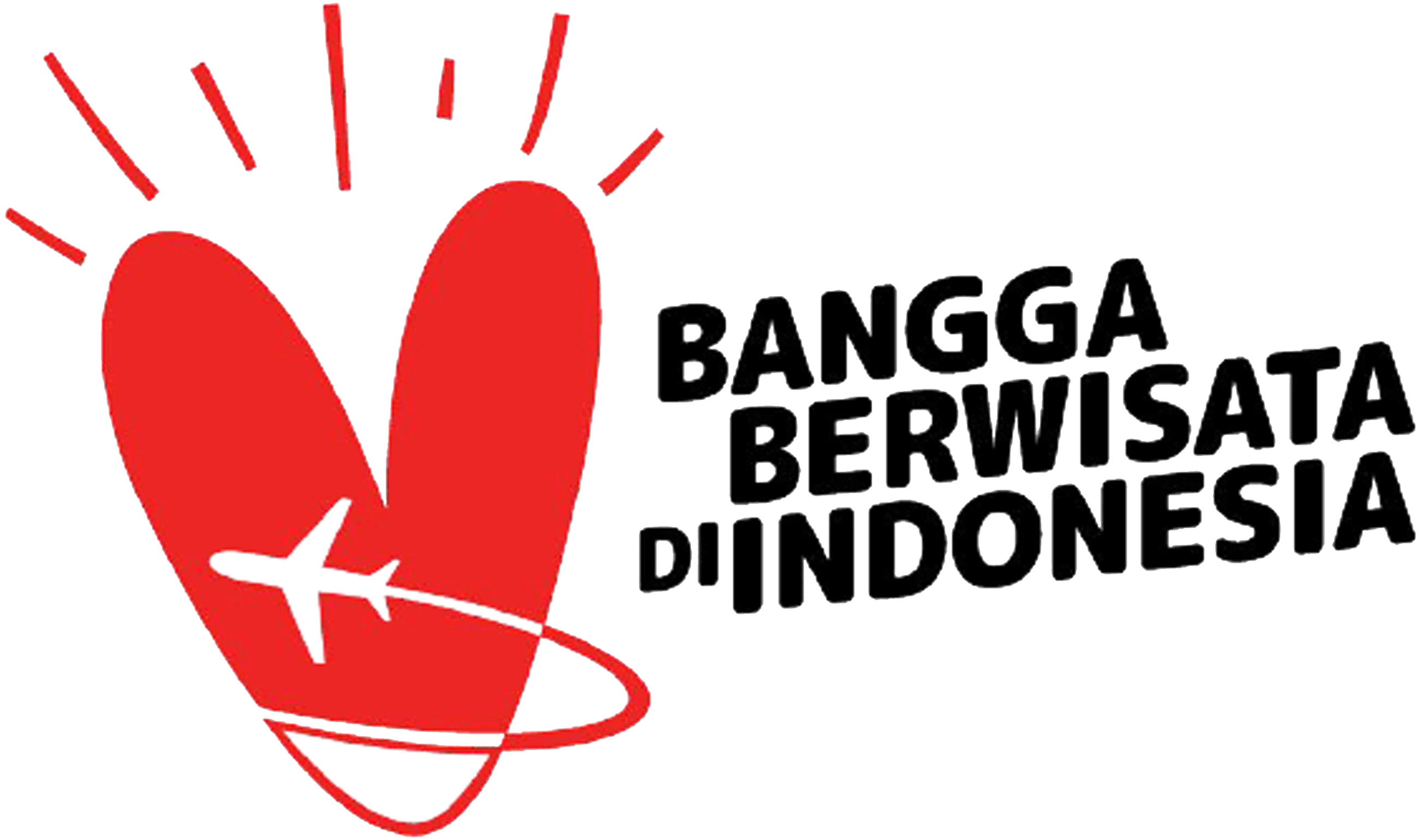Ratu Boko is located about 3 kilometers south of Prambanan Temple. This site is situated on a hill at an elevation of approximately 195.97 meters above sea level. Ratu Boko is not actually a temple but rather the remains of a kingdom, which is why it is often referred to as the Ratu Boko Palace or Kraton Ratu Boko. According to legend, this site was the palace of Ratu Boko, the father of Lara Jonggrang. It is believed that Ratu Boko was built in the 8th century by the Buddhist Syailendra Dynasty, though it was later taken over by Hindu Mataram kings. This transition led to influences of both Hinduism and Buddhism in the construction of Kraton Boko.
An inscription dated to the year 792 CE, known as the Abhayagiriwihara Inscription, was found at the Ratu Boko site. This inscription supports the theory that the palace was built by Rakai Panangkaran. Written in the ancient Pranagari script, typical of Buddhist inscriptions, it mentions that King Tejapurnama Panangkarana, thought to be Rakai Panangkaran, commissioned the construction of Abhayagiriwihara. This name also appears in other inscriptions, such as the Kalasan Inscription (779 CE), Mantyasih Inscription (907 CE), and Wanua Tengah III Inscription (908 CE). Scholars interpret “Abhaya” to mean “fearless” or “peaceful,” while “giri” means “mountain” or “hill,” making Abhayagiriwihara the “Monastery on the Peaceful Hill.” During the reign of Rakai Walaing Pu Kombayoni, between 898 and 908 CE, Abhayagiriwihara was renamed Kraton Walaing.
The Ratu Boko palace complex, which spans a sizable area, consists of several groups of buildings, most of which now remain only as ruins.

.jpg)


